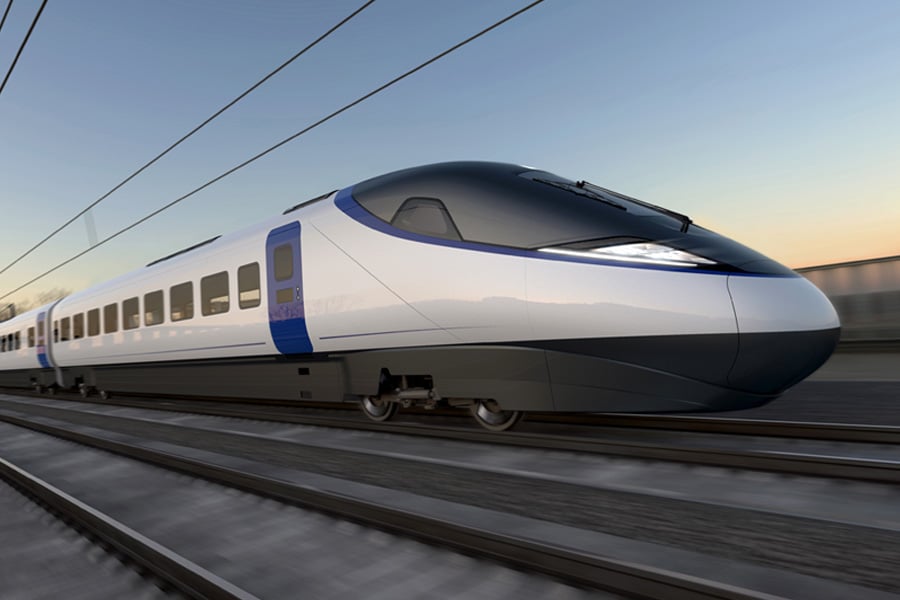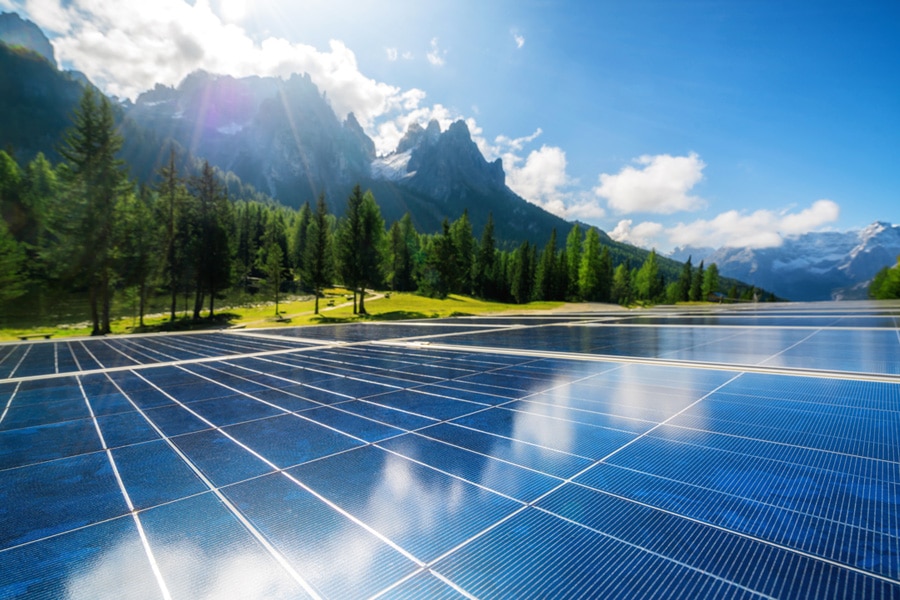Imagine a construction site without diesel, and it’s hard to see how any work would get done. Diesel supplies 98% of all energy used in the construction industry, according to the Engine Technology Forum. That includes powering more than three-fourths of all heavy construction equipment, along with generators and compressors.
But using diesel comes at a price. Even diesel that meets the U.S. Environmental Protection Agency Tier 4 standards produces noxious exhaust fumes and particulate matter that are damaging to the environment and unhealthy for workers, according to the Occupational Health and Safety Administration.
This reliance on diesel doesn’t mesh well with the U.K.’s pledge to reduce greenhouse gas (GHG) emissions to net zero by 2050. With construction responsible for 39% of global carbon emissions—mainly from manufacturing building materials and burning fossil fuels—the sector has a lot of work to do. That made it a brave decision to eliminate diesel from construction sites for the new High Speed 2 (HS2) rail line.
“Climate change presents unprecedented challenges,” said Andrea Davidson, head of environmental sciences, technical services directorate, HS2 Limited. “The way we travel—and the way we build our transport networks—are critical to our response to this global emergency.”
Zero emission goal
HS2 will connect Birmingham and London via zero-carbon bullet trains. That requires four new state-of-the-art stations, two depots and 140 miles of track.
HS2 initially aimed to achieve net zero GHG emissions in keeping with the U.K.’s targets. But key partners, like Skanska, were already working toward diesel-free construction sites—and developing a business case and taking actions to realize that goal. HS2’s decision was also influenced by provisions in the U.K. Finance Act 2021 to ensure taxes fairly reflect the harmful impact of diesel emissions. The policy aims to incentivize users of polluting fuels to improve energy efficiency, invest in cleaner alternatives and use less fuel.


Bluebeam Resource Hub
Browse case studies, watch webinars, and see what’s new with Bluebeam.In HS2’s Net Zero Carbon Plan, the organization committed to all HS2 sites being diesel-free by 2029, with the first in 2022. In addition, the team aimed for a 50% reduction in carbon emissions from steel and concrete by 2030 compared with 2021 and an 11% reduction in heavy goods vehicles by 2027 compared with 2020. From day one of HS2 operation, the railway plans to use only zero-carbon electricity. Finally, HS2 aimed to achieve net zero Scope 1 and 2 emissions by 2025 and Scope 3 emissions from 2035, offsetting any residual emissions from that point.
Myth-busting is the biggest hurdle
Finding diesel replacements isn’t necessarily easy. No single alternative fits all construction sites—the candidates depend on the location, activities and building methods. If no mains power connection is available, Davidson advised considering other solutions, from hydrogen power towers and fuel cell technologies to drop-in biofuels and bio-LPG.
Being a first mover also means taking on higher costs. Davidson noted the importance of thinking beyond the initial investment when deciding on diesel alternatives and including operating costs and carbon savings for the entire period of machine usage on a site.
ALSO ON BUILT:
Also, contractors’ preconceived ideas about diesel options can foster a reluctance to change. Trials, testing and independent academic evidence are essential to de-risk solutions and inspire confidence that diesel alternatives work, are reliable and address health and safety concerns. Only then does a diesel-free site become viable.
“The site teams have been absolutely key to achieving this target on HS2,” Davidson said. “Their initiatives have flagged to other contractors what is possible, which is driving the opportunity and transition.”
Combining technologies
One principle to reducing use of any energy source is to minimize demand. So, a critical first step is ensuring on-site fuel efficiency to reduce emissions and cost. Increasing efficiency might include older machine retrofitting, operator training, anti-idling programs, battery storage solutions and flywheel technologies.
Of course, a mains supply can make powering equipment with a clean charging solution easier. But access depends on land permission, demand and timeframes for connections. Working with distribution network organizations helped H2S formulate a plan to streamline connections.
In the H2S Net Zero Carbon Plan, the target is ultra-low or no emissions by 2035. For now, the focus is on reducing or eliminating emissions as much as possible and demonstrating the feasibility of diesel-free construction sites on a major project. “By prioritizing targets like this, we are reducing impacts to site operators as well as those living in close proximity to sites by improving local air pollution,” Davidson said. “Due to the size and scale of the HS2 program, we have an opportunity and responsibility to challenge the norm, to identify opportunities and roll out more sustainable solutions so that we can leave a positive, lasting legacy.”












